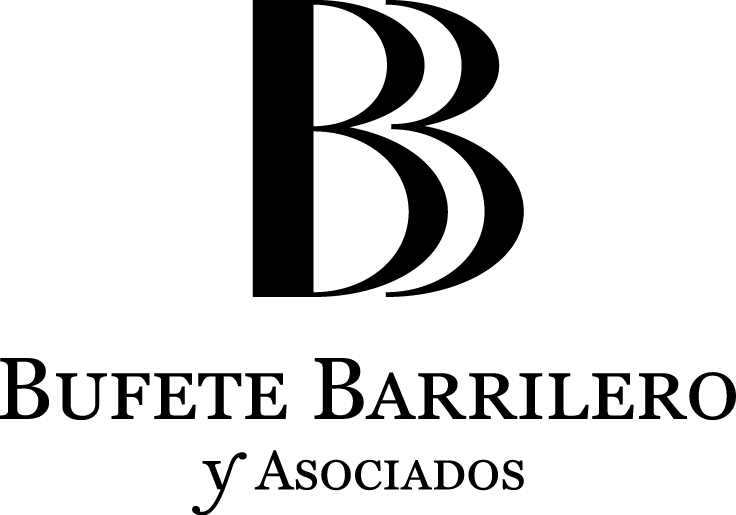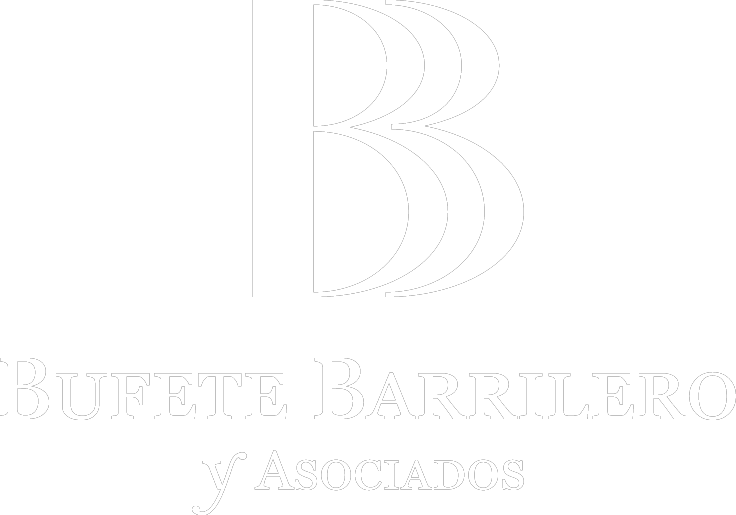PUBLIC LAW
María Cobo Rueda
The speed at which information spreads in the media, especially on digital platforms, has elevated the relevance of the right of rectification. The immediacy and vast reach of these publications often result in the dissemination of inaccurate, incorrect, or even false information, harming individuals’ reputations, privacy, and image, ultimately infringing fundamental rights.
The right of rectification serves as an essential legal tool to combat so-called “fake news,” enabling affected individuals to demand prompt corrections of disseminated information, thereby restoring the accuracy of the data and information. This right is governed by Organic Law 2/1984, of March 26, which regulates the right of rectification, rooted in Article 20 of the Spanish Constitution, which enshrines freedom of expression, albeit limited by respect for fundamental rights, particularly the rights to honor, privacy, personal image, and the protection of juveniles and children.
LO 2/1984 is a brief regulation, comprising only eight articles, yet very clear in its content. To exercise the right of rectification, certain criteria must be met:
There must be a reference in a social communication medium.
The reference must pertain to factual information, that is, information that directly and individually identifies a natural or legal person.
The information must be likely to cause harm to the individual referenced, though actual harm need not be proven.
However, the 1984 regulation does not address digital media, referring only to “social media” as understood at the time (press, radio, and television). In the modern, globalized digital age, the Supreme Court has extended the right of rectification to apply to digital publications (STS No. 32/2024, January 11) by interpreting LO 2/1984 in conjunction with Organic Law 3/2018, of December 5, on Personal Data Protection and Digital Rights. It concluded that digital media publishing inaccurate information must, on the one hand, publish the correction “via a new link of similar prominence to the one in which the original information appeared, without comments or annotations,” and on the other, publish an advisory notice (as per Article 85 of LO 3/2018), indicating that the original news item does not reflect the current situation of the individual, displayed visibly alongside the original information.
Regarding the timeframe available for exercising the right of rectification, Article 2 of LO 2/1984 stipulates it must be exercised “within seven calendar days following the publication or broadcast of the information to be rectified” through written notice to the director of the communication medium. This is a very short window, including non-business days, and starts from the time of the news release, not from when it came to the affected individual’s attention. Consequently, if the deadline passes without the individual being aware of the information, they lose the opportunity to take legal action, and the media director is not obligated to publish the rectification.
If the media director does not provide the rectification, the law includes an urgent and summary judicial procedure regulated by Article 6 of LO 2/1984 to ensure the swift rectification of the requested publication and prevent further harm to the affected person’s rights and legitimate interests.
This right of rectification, although established before the digital era, remains relevant due to the interpretive adaptations of the Supreme Court, which extend its application to current digital media. However, the short deadline for exercising this right can often be insufficient, leading to a lack of effective protection for affected individuals.


